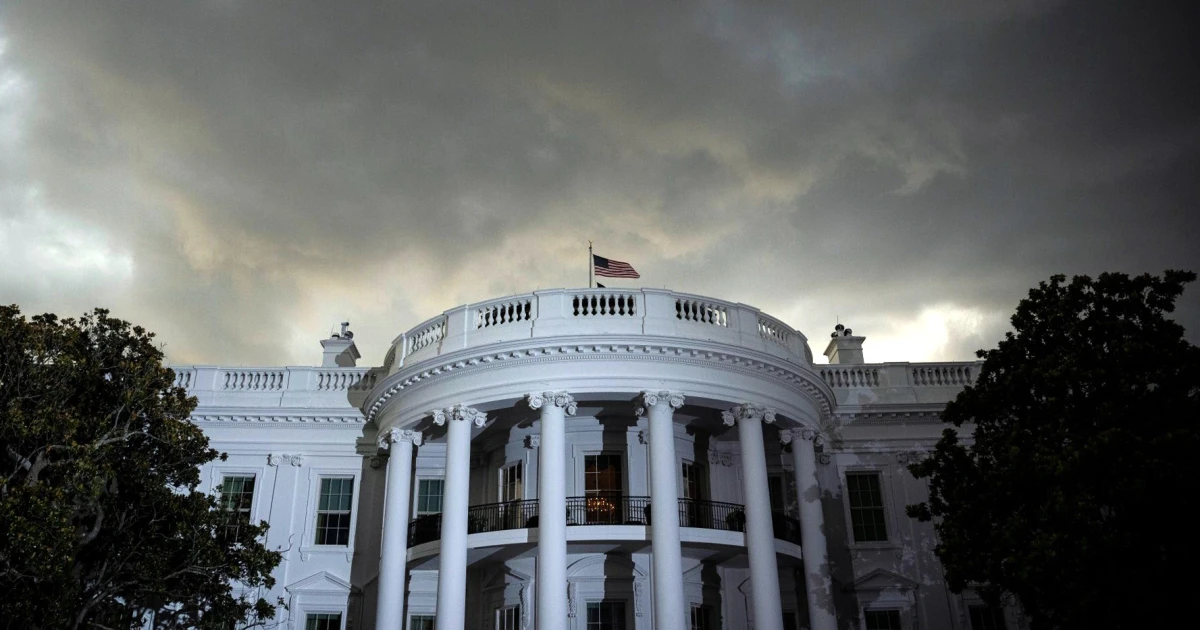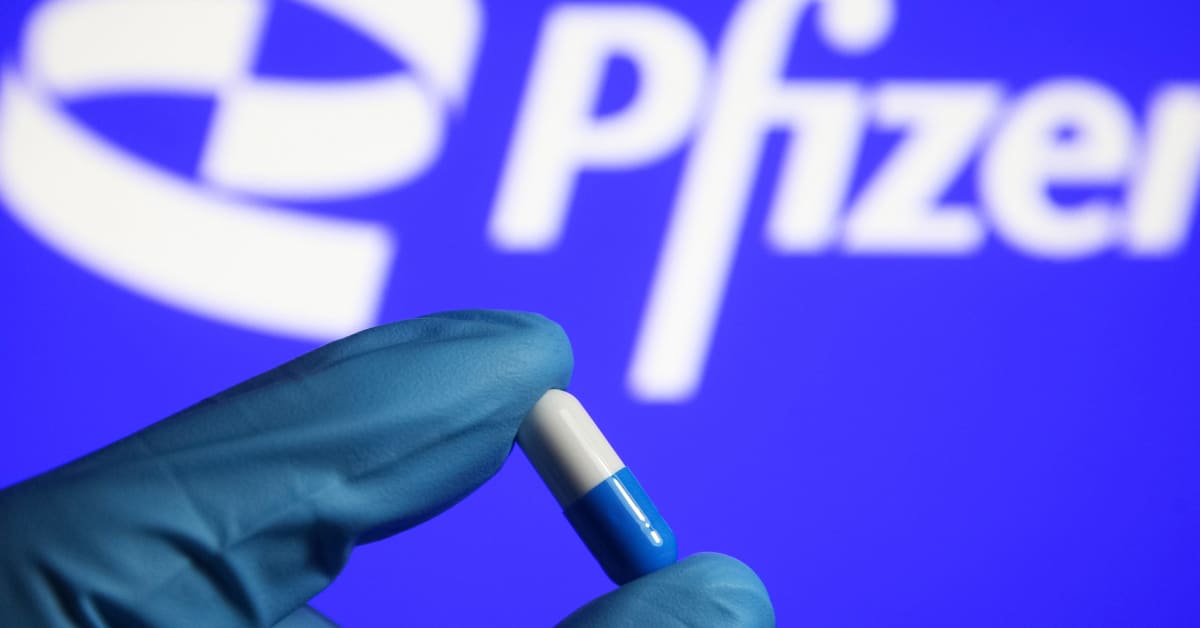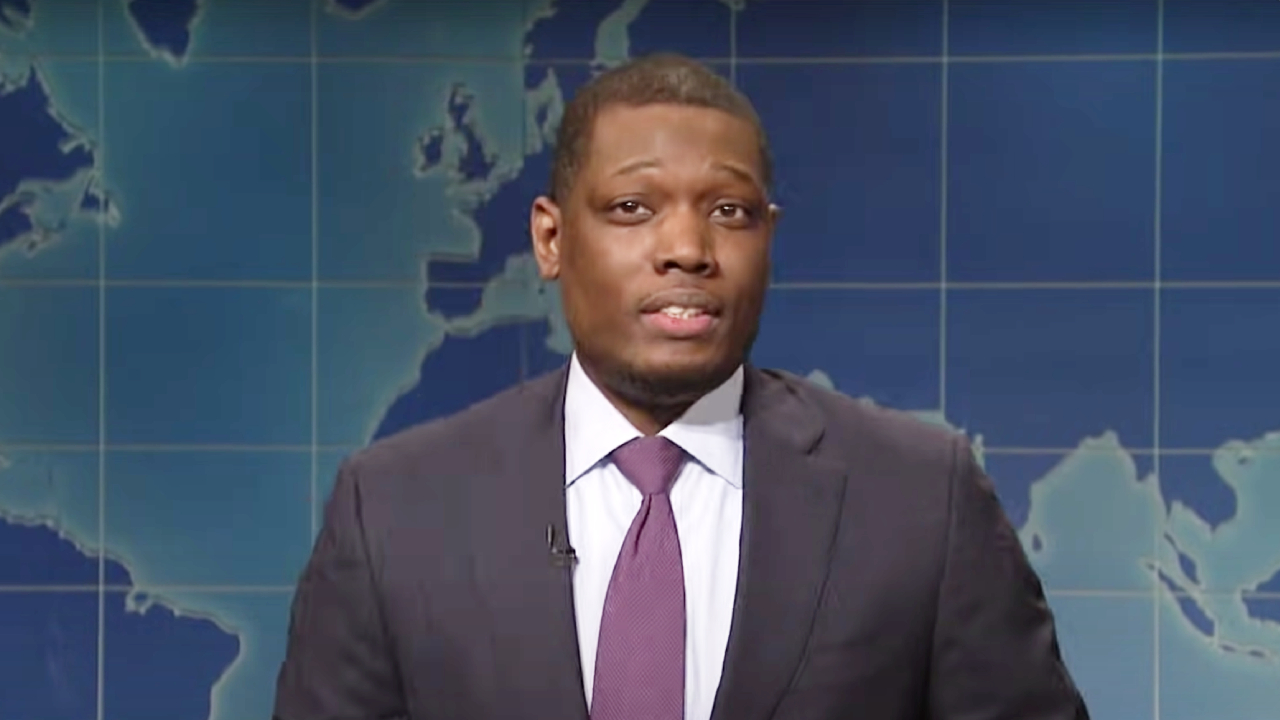
For weeks, Democrats have debated the pros and cons of potentially forcing a government shutdown next week as they try to extract concessions on health care policy from President Donald Trump. Now, they can add a new item to the “cons” side of the ledger: The White House plans to use a government shutdown to attempt another round of mass firings of federal workers.
NBC News, citing a memo from the Office of Management and Budget, reports that the White House is “drafting a request for federal agencies to prepare ‘reduction in force’ plans in case Congress doesn’t pass a spending bill before Oct. 1.”
Since the Democrats have no control over any branch of government, this is less about winning than it is determining how they want to lose.
Usually during a shutdown, the government furloughs (temporarily lays off) employees, and then rehires them when a spending bill eventually passes. But according to NBC News, “the Trump administration indicated it’s prepared to go beyond the traditional furloughing of some government employees during shutdowns and fire federal employees.”
NBC News reports that the memo directs federal agencies to consider firing employees whose discretionary funding lapses in case of a shutdown, who lack alternative funding, and whose work is “not consistent with the president’s priorities.” That last criterion seems to suggest the Trump administration views this as an opportunity to make cuts to the parts of the government Trump considers an obstacle to MAGA ideology — much as the so-called Department of Government Efficiency did with cuts to Social Security, humanitarian aid and the Internal Revenue Service.
Democratic leaders are questioning the legality of these firings and signaling that they won’t back down in the face of these possible dismissals. “This is an attempt at intimidation. Donald Trump has been firing federal workers since day one — not to govern, but to scare,” Senate Minority Leader Chuck Schumer, D-N.Y., said in a statement. “This is nothing new and has nothing to do with funding the government. These unnecessary firings will either be overturned in court or the administration will end up hiring the workers back, just like they did as recently as today.”
The Trump administration’s OMB memo is an attempt to up the stakes of a shutdown. Republicans need Democratic votes in the Senate to pass a funding bill. Democrats are demanding an extension of Obamacare’s enhanced tax credits in exchange for their support. The main case for Democrats sticking to their guns on a shutdown is that, on a symbolic level, it would show an appetite for a real clash with the Trump administration. Democratic voters have expressed opposition to cooperating with a party rapidly laying waste to our most treasured democratic norms and rules; a shutdown would show that the Democratic Party recognizes the need for creative forms of resistance. And it could, theoretically, help put a spotlight on the GOP’s assault on health insurance ahead of the midterm elections.
The case against triggering a shutdown is that, as political scientists and polling experts have noted, the party picking the shutdown fight typically takes the hit politically, and rarely if ever achieves its policy objectives. “There have been a handful of shutdowns longer than a day in the modern era,” Matthew Glassman, a political scientist at Georgetown University, told The New York Times in an interview last week. “In none of them did the party trying to leverage the shutdown win the concessions they were seeking and, in each case, they also lost the public opinion battle.” And even if Democrats win significant concessions, they’re unlikely to be noticeable to the public in the long run because they would involve protecting the status quo, as MSNBC columnist Michael Cohen has pointed out.
In other words, since the Democrats have no control over any branch of government, this is less about winning than it is about determining how they want to lose.



